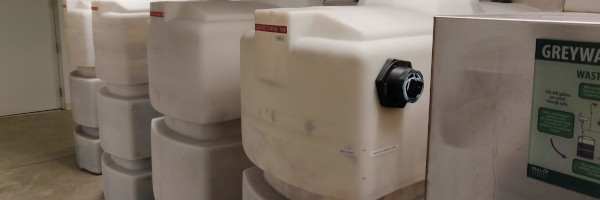Utility: Difference between revisions
Jump to navigation
Jump to search
No edit summary |
No edit summary |
||
| Line 2: | Line 2: | ||
| blueprint = Utility | | blueprint = Utility | ||
| sectors = Utility | | sectors = Utility | ||
| authors = Ed Davalos, Kenneth Thompson, Scott Pomeroy, Derick Lee, Deborah Acosta | | authors = Ed Davalos, Kenneth Thompson, Scott Pomeroy, Derick Lee, Deborah Acosta, Wilfred Pinfold | ||
| poc = Pete Tseronis | | poc = Pete Tseronis | ||
| email = pete@dotsandbridges.com | | email = pete@dotsandbridges.com | ||
Revision as of 05:18, January 24, 2023
| Utility | ||||||||||||||||||||||||||||||||
|---|---|---|---|---|---|---|---|---|---|---|---|---|---|---|---|---|---|---|---|---|---|---|---|---|---|---|---|---|---|---|---|---|

| ||||||||||||||||||||||||||||||||
| Introduction | ||||||||||||||||||||||||||||||||
| Contact | Pete Tseronis | |||||||||||||||||||||||||||||||
| Topics | ||||||||||||||||||||||||||||||||
NEWS
REPORTS
| ||||||||||||||||||||||||||||||||
- Authors
Smart utilities refer to the use of technology and data to improve the efficiency, sustainability, and livability of energy waste and water in a municipality.
Examples of smart city utilities include:
- Smart Grid: that allow for more efficient and reliable management of electricity distribution
- Intelligent Transportation: that use real-time data to optimize traffic flow and reduce congestion
- Smart Waste: that use sensors and monitoring to improve the collection and processing of waste
- Smart Water: systems that use sensors and monitoring to improve the distribution and conservation of water
- Smart Lighting: that use sensors and controls to adjust lighting levels in response to changes in ambient light and activity levels
- Intelligent Building: that use data and automation to improve energy efficiency and comfort in buildings.
These utilities help to create more livable, efficient, and sustainable cities.

![link=[[Media:{{{Release}}}]]](/images/thumb/1/16/Whitehouse.jpg/200px-Whitehouse.jpg)










